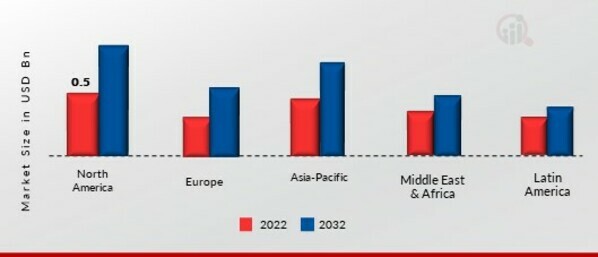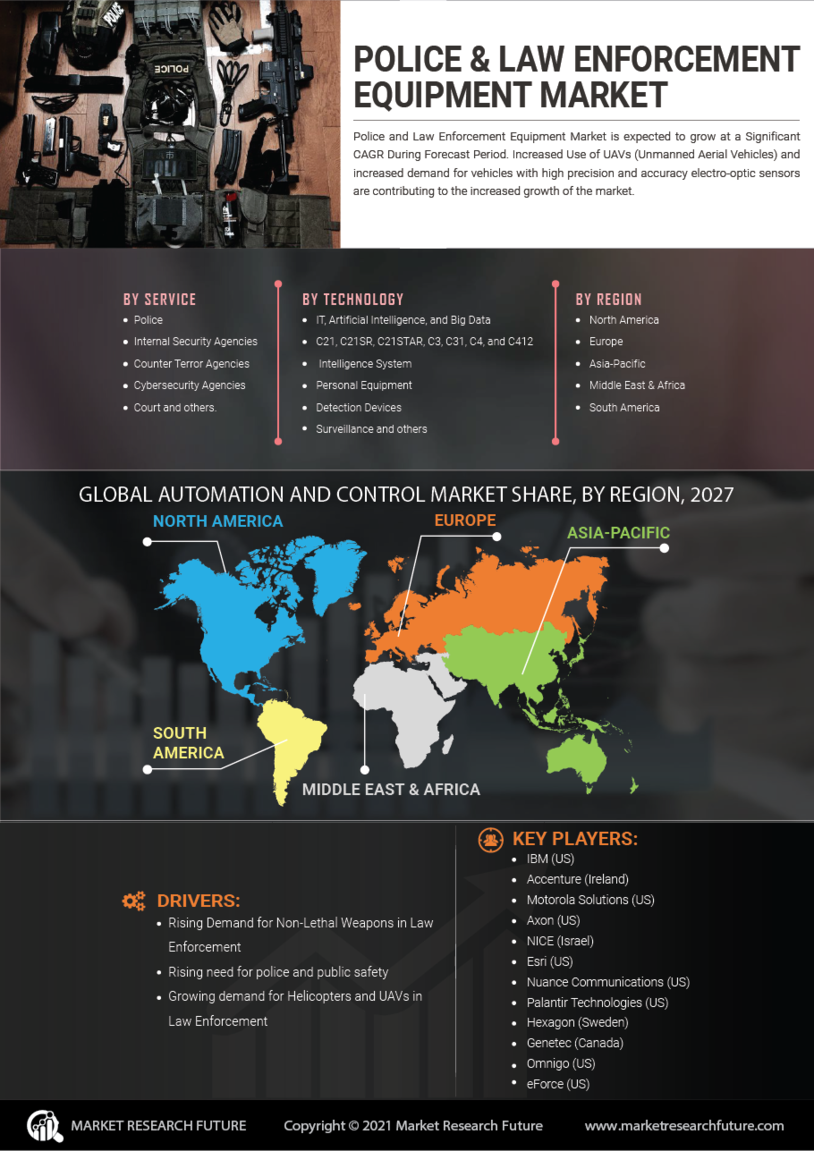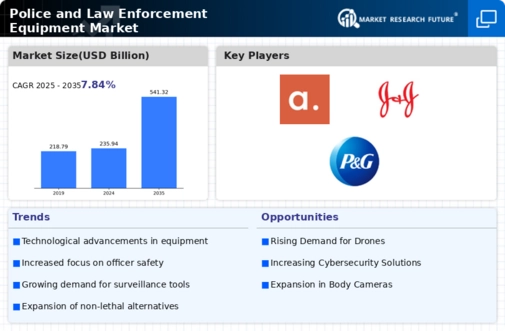The Europol aim is to make the European region safer. It supports its member states in their challenges against terrorism, cybercrime as well as other serious organized crime. Europol work as a support center for law enforcement operations as well as a hub for information on criminal activities. Large-scale criminals, as well as terrorist networks, pose a major threat to the internal security of the European Union.
The major security threats are terrorism, money laundering, organized fraud, international drug trafficking, human trafficking, and counterfeiting of euros. European Migrant Smuggling Centre for supporting the countries in the region targeting as well as dismantling the complex along with advanced criminal networks involved in smuggling. European Counter Terrorism Centre is a hub of expertise that represents the growing requirement for the European Union to strengthen its response to terror. European Financial and Economic Crime Centre is a center that supports EU countries in cases related to economic and financial crime.
North America: Rising political tensions, as well as armed violence, have resulted in governments across the world taking provisions along with equipping the military and the police with non-lethal armor. Occurrences of civil violence as well as clashes with armed forces in the region have resulted in the development of non-lethal weapons. The growing riots in North America might fuel the demand for non-lethal weapons as law enforcement agencies attempt to decrease fatalities as well as casualties in such incidents, this may aid the market.
Moreover, advancements in technology, in terms of non-lethal weapons, by different players around many countries in the region are expected for providing growth for the market during the forecast period. Non-lethal weapons can generate pain to humans on contact, without any permanent damage.
Advancement in technology in non-lethal weapons is a driving factor to grow the demand for ammunition such as bean bag rounds, smoke munitions, and rubber bullets in the regions. Non-lethal weapons, for instance, tear gas and rubber bullets, have become a standard tool for the police for controlling civilians. Law enforcement agencies use tools and tactics, for instance, handheld impact weapons (police batons, expandable batons, etc), tasers, as well as other electronics, stun devices along with chemical agents, for instance, CS and OC, to subdue combative subject as well as to protect themselves.
The effective use of alternatives needs officers to be near the opponent, which has grown the risk to officers as well as, thus, presents the possibility that a fight may escalate to the point where leather forces become necessary. Hence, for reducing the likelihood of such a fight, law enforcement agencies are adopting high-impact ammunition, such as foam rubber projectiles, wooden dowels as well as small bean bags, for dispersing the violent crowd from distance.
The North American region non-lethal weapons market is fueled by an increase in violent related incidents in the US and demand for non-lethal weapons by enforcement agencies for containing the situation effectively. Furthermore increasing issues related to personal safety may result in the growth of the non-lethal weapons market in the US. Moreover, the United States Department of Defence is now concentrating on developing non-lethal weapons for minimizing the profitability of fatalities as well as permanent injuries.
The use of non-lethal weapons by the United States army is growing as they are essential in situations where the army can't engage targets that are positioned or located such that application of destructive fire, lethal, is restrictive. The Joint Intermediate Force Capabilities Office is developing inducting a kit for (CROWS) for the standard remotely operated weapon station with acoustic or laser device, manufacturing of 81 mm flashbang munition for the United States Marine Corps., as well as millimeter-wave active denial systems.
Such investment of armed forces for the development and deployment of non-lethal weapons is driving the growth of the market.
Figure 2: POLICE AND LAW ENFORCEMENT MARKET SHARE BY REGION 2022 (USD Billion)
Europe: The riots as well as other crises in countries such as Serbia, Romania, Italy, Russia, Spain, and France, are forcing law enforcement agencies in Europe for procuring non-lethal weapons for controlling riots. This is rising the demand for non-lethal weapons. Moreover, the development of new non-lethal weapons by different players around the different countries in the region is boosting to increase the market prospects. Non-lethal weapons, as well as related equipment, have a critical role in law enforcement, which focus on protecting individuals as well as the uphold the law.
They are used as less dangerous options to firearms, in order for reducing the risk of harm to members of the public as well as criminal suspects, or in scenarios where a small degree of force is required. Agencies related to Law enforcement include local, special, and federal agencies, state police or drug officer as well as suspects alike.
The UK has the highest market share because of the development of advanced less lethal weapons that are less harmful and efficient. Furthermore, law enforcement, as well as police officers, are equipped with less lethal weapons such as batons, canisters, and teasers of mace spray that are not much harmful as compared to the conventional firearm. The non-lethal weapons industry in the UK will grow as there is increasing assault on police officers, impelling the government to strengthening the police.





